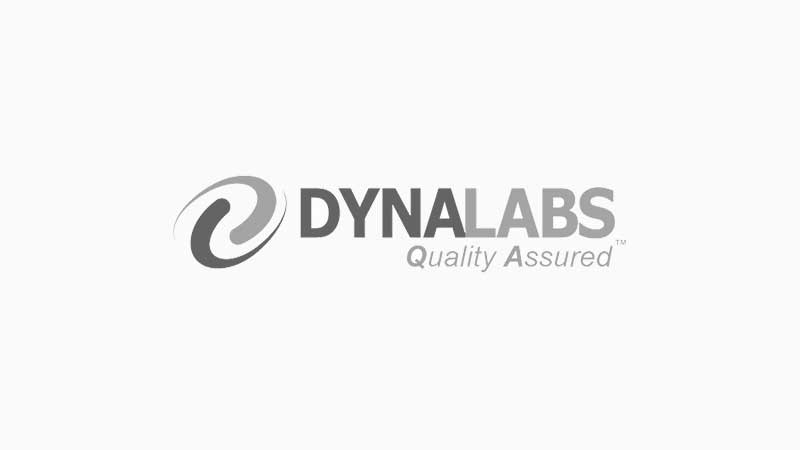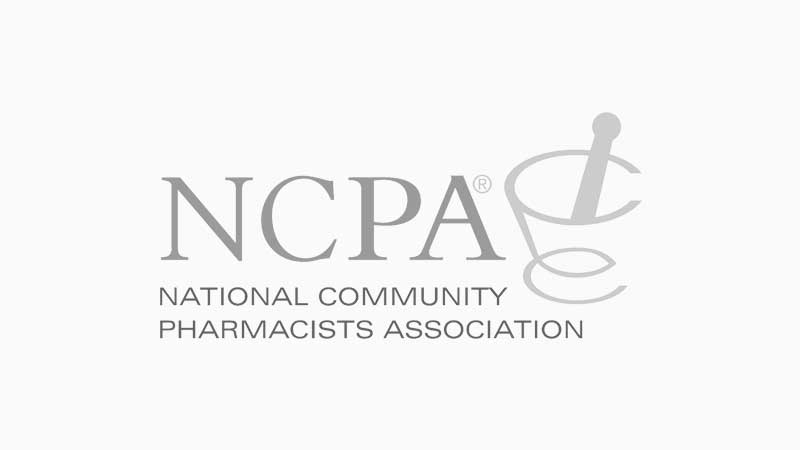How to Self-Administer a Subcutaneous (Sub-Q) injection
Vertisis Custom Pharmacy is invested in the health and wellbeing of our patents and we are happy to offer videos and instructions on how to properly use and administer our products. The video above and the information provided will help you by providing step-by-step instructions on how to self-administer a subcutaneous (Sub-Q) injection. Note that these instructions are not a substitute for professional advice from a qualified physician or healthcare provider.
A sub-Q injection is a shot of medication delivered by a small needle into the fatty tissue just below the skin. Sub-Q injections are used to treat a multitude of conditions, including diabetes, anemia, and problems with blood clotting. There are four sites that will work for delivering your sub-Q injection. The four sites are:
- The abdomen
- The thigh
- The lower back
- The upper arm
On a human body, the most common site for a sub-q is the abdomen, because of its relative ease of access.
Step 1: Gathering and Checking Supplies
Before beginning, it is important to make sure that you have gathered all necessary supplies. These include:
- Alcohol pads
- Disposable syringe
- Medication vial
- Adhesive bandage
- And a sharps container
- Disposable gloves
Next, you will need to check your syringe and needle. A syringe consists of three parts:
- The needle – the component that pierces the skin and inserts into the subcutaneous layer.
- The barrel – the chamber that holds and measures the medication.
- The plunger – the component that controls the administration of medication.
When examining the syringe and needle check the package containing the syringe. If open or damaged, discard and choose another. You will also need to check the needle gauge and length. The gauge refers to the diameter of the needle. The larger the gauge number, the smaller the needle diameter will be. The length is measured in inches and is typically dependent on the size of the adult being injected.
It is also important to dispose of your syringes and needles correctly. Needles and syringes should not be thrown in general trash, are not recyclable, and are subject to state laws regarding proper disposal. You may receive or need to purchase a hard-plastic container made specifically for used syringes and needles. In a pinch, you can use a soda bottle or some other plastic bottle with a screw lid.
Step 2: Preparing the Injection and Injection site
Begin by reviewing this checklist to ensure the procedure is done correctly:
- Wash and dry or sanitize hands before handling the injection supplies
- Check syringe for being opened or damaged, get another syringe if you notice anything wrong with it
- Always use the exact dose that you have been prescribed
- Don’t allow the needle to touch anything other than the medication vial. Do not remove the cap until you are ready to insert the needle
- Some medicines will require reconstitution prior to use. Always follow the instructions provided by the pharmacy and/or your medical professional
- Seek professional advice if you are unsure about any step in the process
Now you can prepare the injection by following these steps:
- Choose your injection site and clean the site with an alcohol swab and let dry, remember to choose a site that is easy to access and is suitable for the volume of medication needed.
- Remove the cap from the medicine vial and clean the rubber stopper with an alcohol swab.
- Check the package containing the syringe. If open or damaged, discard and choose another, if not remove the syringe from the container.
- Remove the cover from the needle and hold as you would a pen, do not let the needle touch any surfaces.
- Pull back on the plunger to draw air into the syringe filling it to the same volume as the dose of medication you have been prescribed.
- With the vial on a flat surface, insert the needle in the rubber center and push the plunger to expel the air into the vial.
- With the needle still inserted into the vial, rotate the vial upside-down and pull back on the plunger to draw the liquid into the syringe ensuring you draw the correct dose.
- Once you have drawn the correct dose, check for air bubbles by tapping the side of the syringe and depress the plunger slightly to expel any air that may be in the syringe.
- Finally, double check you have the right dose of medication in the syringe then remove the needle from the vial.
- Do not lay the needle down or let it touch anything before proceeding to the injection process.
Step 3: Injecting Your Medication
Before injecting go through this checklist to makes sure you are prepared.
- Make sure your hands have been washed with soap and dried thoroughly
- Make sure the needle and injection dose has been properly prepared
- Make sure the injection site has been cleaned with an alcohol swab and allowed to dry
- Make sure the needle does not come in contact with any surface
- Make sure to insert the subcutaneous injection at a 90-degree angle to the injection site
- If blood appears in the syringe when inserted, then you must remove and dispose of the needle and prepare a new shot
- Make sure to inject, not push, the needle and medication in slowly
You are now prepared to inject the medication. Carefully follow the instructions below:
- Choose your injection site. The most common site for a sub-q is the abdomen, because of its relative ease of access. However, it’s always a good idea to switch up the injection site to prevent any skin irritation and scarring.
- Grab a pinch of skin between the thumb and forefinger of one hand, and clean the chosen site with an alcohol swab.
- Let the site dry for 5-15 seconds before moving on.
- Position the needle so its pointing straight (a 90-degree angle) at the site.
- In a firm, smooth motion, push the needle directly into the skin, inserting the needle between the skin and the muscle below.
- Slowly use the plunger to administer the injection. Count to 3 to be sure it has been completely injected.
- Pull the needle straight out and apply the adhesive bandage.
- Throw your needle into the sharps container.
We hope that the video and instructions have been helpful. As always, please check with your healthcare provider before administering any medications. If you have any questions about sub-Q injections or any Vertisis products please give us a call at 1-888-285-5841, or visit us at www.vertisis.com.
Vertisis Custom Pharmacy. Your partner in the future of medicine.










